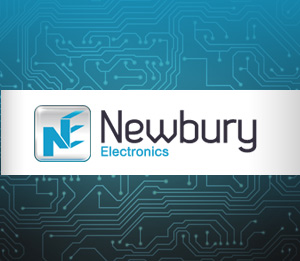
What is PCB Prototyping?
Specialized “breadboards” are commonly used to build prototype circuits. Some are obviously the familiar printed circuit boards but are designed to offer the technician considerable flexibility. Others are not PCBs at all, relying instead on push-in connectors or wire wrapped connectors atop a plastic base. The push-in types may be fragile and their connectors easily damaged through careless handling. The soldered types and wire wraps are more robust, sometimes becoming permanent parts of a larger assembly.
The simplest prototyping platform is a piece of perforated fiberglass board using point-to-point wiring. Components are mounted with their leads protruding through the perforations. Wires are soldered to the leads on the opposite side of the board from the components, providing electrical connections and securing them in place.
More complex versions of the soldered PCB prototype boards have plated through holes with pads surrounding each hole. The pads may be circular or round. Some include buses for power and may offer both voltage and ground planes, the latter helping to isolate capacitive coupling from high frequency circuits and providing heat dissipation. Connections can be made with wire or conductive ink. The ink uses silver for conductivity and circuits can simply be drawn by hand.
Another type of quick prototype board uses a wire wrap technique. Components leads are connected to small metal posts. Solid wire is wrapped around the posts with a hand tool or a power wire wrapping tool. The posts are long enough to take multiple connections. Unlike soldering, little skill is necessary.
Solderless breadboards have numerous plug-in points for components and wiring. Constructing a prototype is quick and easy, requiring only solid wire and a pair of wire strippers. Many of these boards have power connectors and buses to speed assembly.
Various types of pins and terminals can be installed in prototype boards to provide external connections or isolate some components. Some boards are manufactured with standard edge connectors for rack mounting.
Prototype PCBs for surface mount components are hybrids. The surface mount devices must be soldered in place and use jumper wires or pins for connections. Naturally, each board must be selected for the type of component.
Small quantities of printed circuit boards can be “home brewed” or fabricated by a custom electronic supply. This is usually the last step for pre-production prototypes. A number of boards are built and subjected to rigorous testing before committing time and money to full production.
Printed circuit board design has become so complex that much of it is performed by computer automation. This is essential when building multilayer boards where signals can easily couple between layers if conductors are not carefully laid out. The biggest benefit of computer assisted design is the ability to build virtual circuits and test them.

